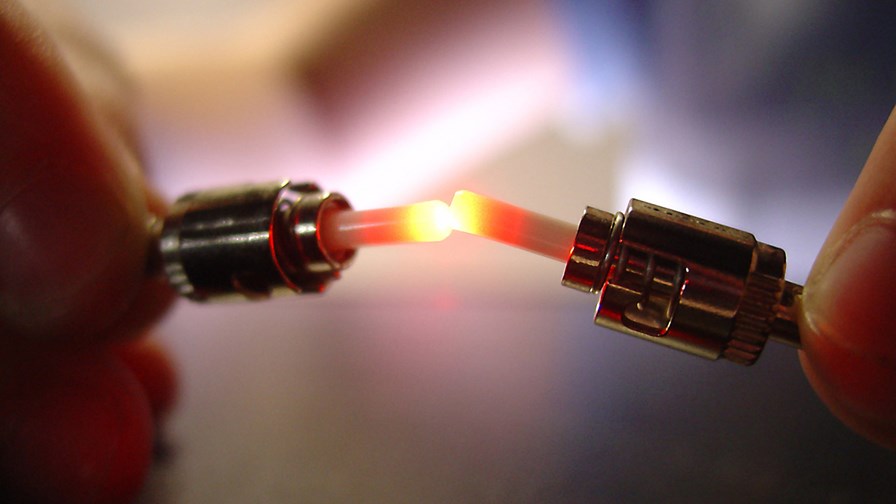
© Flickr/CC-licence/Barta IV
- A trial with Vodafone confirms the capability of next gen fibre access networks to deliver ultra-high speeds in access and aggregation
- And to serve as a unifying infrastructure for all telecoms services, claims Nokia
Nokia and Vodafone have announced a successful trial of a new Passive Optical Network (PON) technology capable of delivering speeds of up to 100 Gbit/s on a single wavelength - 10 times faster than the most advanced networks available today it’s claimed. The trial took place in Vodafone’s Eschborn lab in Germany last week.
Nokia maintains that, when it comes to PON (passive optical networks), it's the Daddy, partly because of its ownership of Bell Labs which came to it via Lucent Technologies, to Alcatel, and on to Nokia, which claims a long PON heritage including breakthroughs in 10G PON, TWDM-PON, universal PON and 25G PON.
According to Nokia, the 100GPON is more than just the latest twirl of the PON speed dial.
Two breakthroughs mark it out as a significant step forward.
First, the 100G PON prototype is the world’s first application of flexible rate transmission in a PON network - that works partly by grouping fiber modems (ONUs) that exhibit similar physical network characteristics making data transmission more efficient. Nokia claims flexible rate transmission results in lower latency on a PON and cuts power consumption in half — two essential characteristics for fiber networks when achieving much more with less electricity consumption is the name of the game.
The trial, which took place in Vodafone’s Eschborn lab in Germany last week, is the latest milestone in a long-standing collaboration between Vodafone and Nokia, the companies say.
Vodafone has a history of pioneering state-of-the-art access technologies and was the first operator in Europe to trial TWDM-PON, also with Nokia.
Although primarily seen as a mobile network operator, Vodafone, along with its major MNO competitors, is following a ‘both network types’ strategy and currently boasts the largest next-generation fibre access network capability in Europe, covering 140 million homes.
It wants to evolve to a unified fiber-based network for access, aggregation, and backhaul of cable nodes along with mobile transport, and 100G PON, with its variable rate capabilities and flexibility, is seen as a potential way to create the highly flexible, high capacity, scalable PON networks required, combining all the network traffic types on the one access infrastructure to help flatten peak-hour congestion and enable densification of cable and mobile networks, it says.
Gavin Young, Vodafone’s Head of Fixed Access Centre of Excellence, points out that the 100G PON has 40 times the capacity of today’s GPON networks, and 10 times the capacity of XGS-GPON, “so it will help us keep ahead of the demand curve.
The second breakthrough involves new digital signal processing (DSP) techniques
Nokia claims that to deliver 100 Gb/s on a single wavelength, it combined the cost-effective 25G optics in combination with state-of-the-art digital signal processing (DSP) techniques. 25G class optics are based on mature eco-system and available today. Going beyond 25G requires advanced DSP capabilities demonstrated in this trial. Once this DSP is adopted, the steps to 50G and 100G are straightforward and could be commercially available in the second half of the decade, it claims.
Email Newsletters
Sign up to receive TelecomTV's top news and videos, plus exclusive subscriber-only content direct to your inbox.




